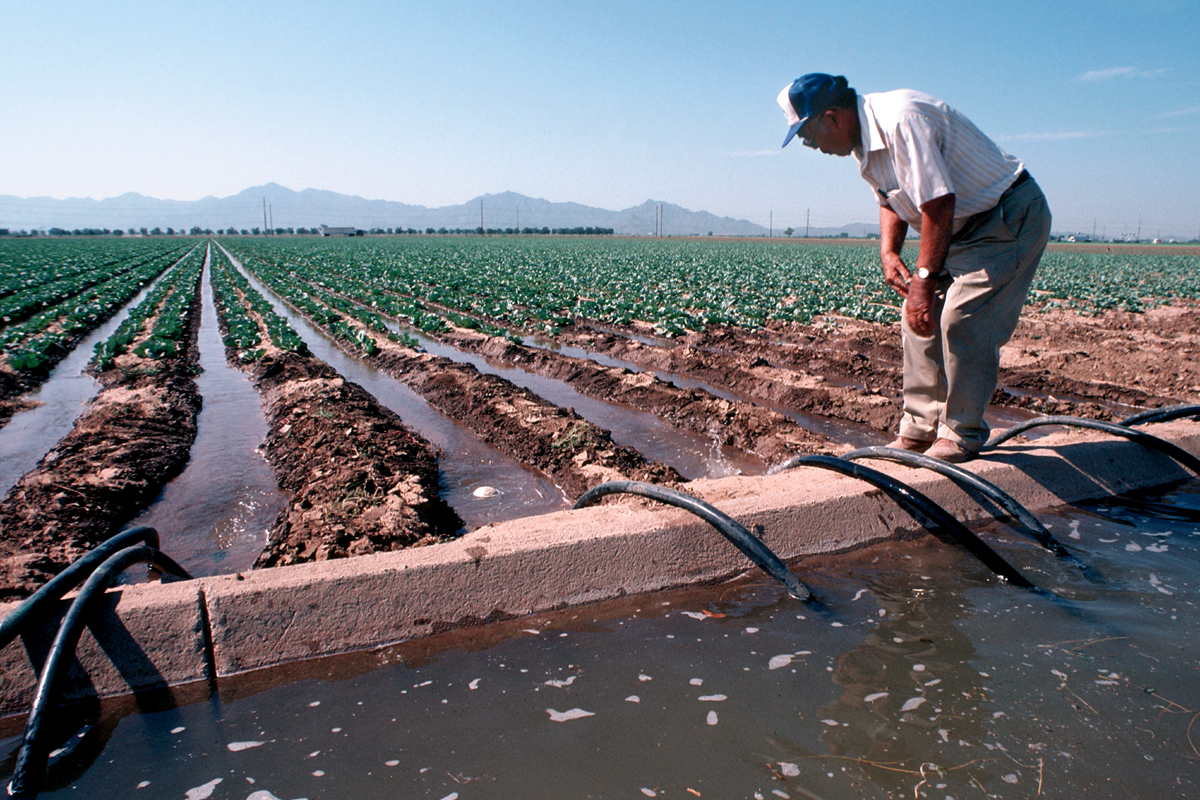YETRAC
The Far-Reaching Environmental Impact of Agricultural Irrigation
The Far-Reaching Environmental Impact of Agricultural Irrigation
The Critical Role of Irrigation in Agriculture
In our modern world, agriculture plays a pivotal role in sustaining the ever-growing global population. However, this role comes with significant environmental implications, and one of the primary culprits is agricultural irrigation. This article delves into the multifaceted environmental effects of irrigation, which encompass shifts in soil and water quantity and quality due to irrigation practices. These effects subsequently exert profound influence on natural and societal conditions within river basins and areas downstream of irrigation systems. They predominantly stem from hydrological modifications resulting from the implementation and operation of irrigation projects.
Direct Effects
Groundwater Depletion and Altered Water Resources
- Groundwater Depletion: A Looming Crisis
- Unveiling the Depletion of Precious Aquifers
- A Global Quandary: The Link Between Irrigation and Groundwater Depletion
- Water Resource Alterations: Impact on Hydrology
- Diverted Waters: The Impact on Downstream River Flow
- Irrigation’s Thirst: Escalated Evaporation and Water Table Elevation
- Moisture in the Air: How Irrigation Alters Local Rainfall
Indirect Effects
Uncovering Long-Term Consequences
- Waterlogging: Suffocating the Soil
- The Waterlogged Plight: Impact on Crop Productivity
- Battling the Saline Threat: Challenges of Soil Remediation
- Soil Salination: A Growing Concern
- The Salt-Laden Soil: Stifling Crop Growth
- Soil Salinity Solutions: The Quest for Sustainable Agriculture
- Ecological Damage: Disturbing the Balance
- From Habitats to Food Chains: Impact on Ecosystems
- Preserving Biodiversity: Addressing Ecological Ramifications
- Socioeconomic Consequences: Unfolding the Human Impact
- Communities in Flux: The Ripple Effect of Irrigation
- The Altered Landscape: Land Use and Livelihoods
Case Studies
Global Perspectives on Irrigation Effects
- India: Waterlogged Fields and Salinity Woes
- A Glimpse into India’s Waterlogging Challenge
- Salinity Struggles: The Indian Experience
- Pakistan: The Battle Against Waterlogged Plains
- The Indus Plains: Vast Landscapes of Waterlogging
- Salinity in the Subcontinent: An Ongoing Challenge
- Egypt: Combating Waterlogging and Salinity
- Nile Delta’s Transformation: The Fight Against Waterlogging
- Navigating Saline Waters: Challenges and Solutions
- Mexico: Salinity and Waterlogging Concerns
- Mexico’s Irrigation Story: Facing Salinity and Waterlogging
- Strategies for Sustainable Irrigation in Mexican Agriculture
Mitigation Strategies
Tackling Environmental Challenges Head-On
- Optimizing Irrigation Projects: Location Matters
- Smart Site Selection: Minimizing Negative Impacts
- Sustainable Land Use: Improving Existing Croplands
- Advanced Irrigation Methods: Efficiency is Key
- The Power of Precision: Embracing Sprinkler and Micro-Irrigation
- Water Savings and Enhanced Crop Yields: A Win-Win
- Wastewater Utilization: A Sustainable Water Source
- A Second Life for Wastewater: Maximizing Water Resources
- Environmental Benefits: Reducing Stress on Freshwater Sources
- Downstream Management: Balancing Ecosystems
- Maintaining the Flow: Ensuring Healthy Downstream Ecosystems
- Fisheries and Beyond: The Importance of Flood Flows
Balancing Agriculture and Ecology
In a world where food security is paramount, agricultural irrigation remains a lifeline. However, recognizing the environmental challenges it poses, implementing sustainable irrigation practices, and proactively mitigating the associated environmental consequences are vital steps toward harmonizing agricultural productivity with ecological well-being. Achieving this balance is not just a necessity; it is an ethical imperative for our planet’s future.

